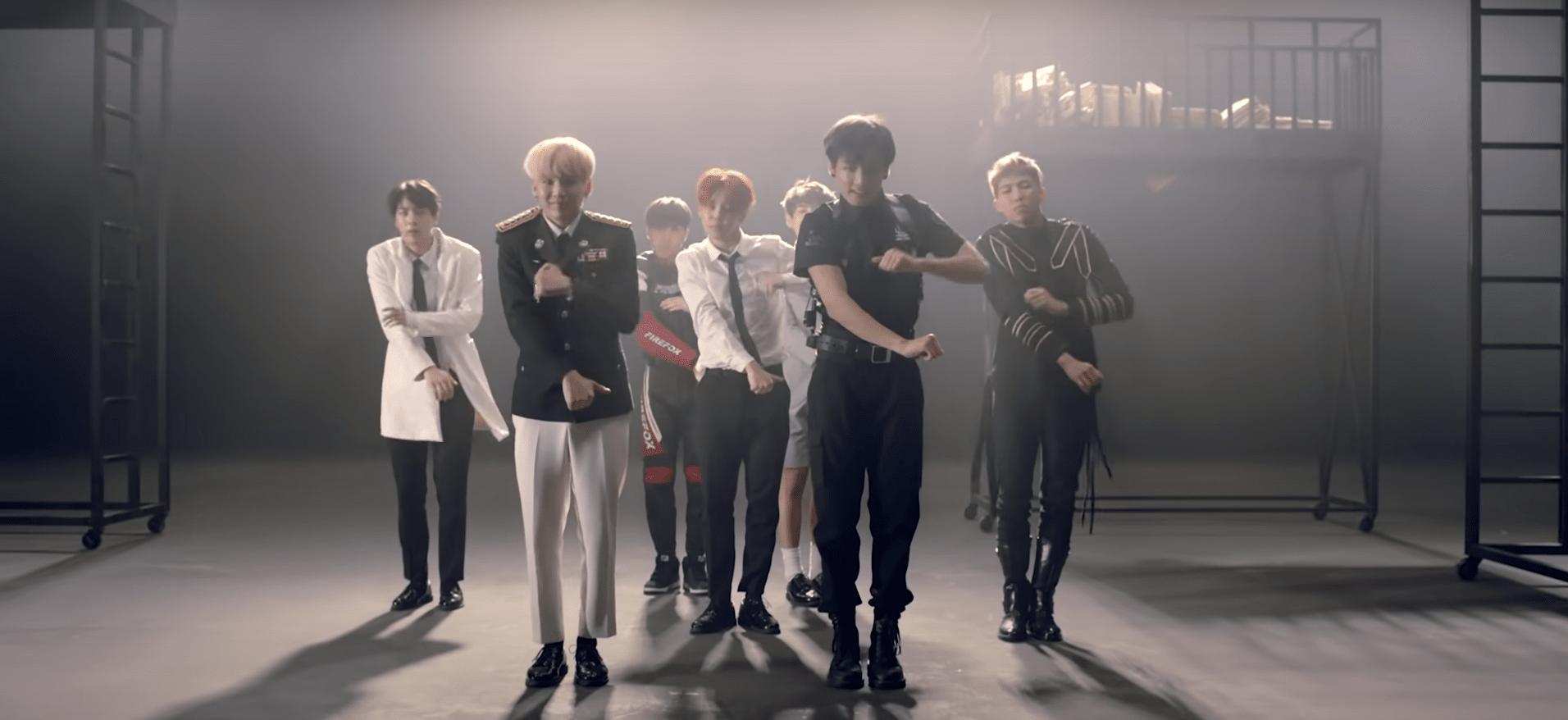K-pop, also known as Korean pop, has taken the world by storm in recent years with its unique blend of catchy tunes, energetic dance performances, and visually stunning music videos. While the production value of K-pop music videos is often a key factor in their success, it is the creative and imaginative editing choices that truly make them stand out.
From mesmerizing cuts to intricate transitions, the editing of K-pop music videos has become a crucial aspect of the genre, helping to enhance the overall aesthetic and storytelling of the video. In this article, we will take a closer look at some of the most memorable and innovative editing choices in K-pop music videos, exploring how they have helped to define the genre and make it so captivating.
One of the most notable examples of creative editing in K-pop music videos is the use of split screens. This technique involves splitting the screen into two or more separate frames, each showcasing a different element of the video. In K-pop music videos, this is often used to showcase the various members of a group or to highlight different aspects of the choreography. For example, in the music video for BLACKPINK‘s “How You Like That,” the split screens were used to showcase the different members of the group as they performed their energetic dance moves. This not only added to the overall visual appeal of the video but also allowed viewers to see all the members in one shot, making the choreography more impactful.
Another popular editing choice in K-pop music videos is the use of fast cuts. This technique involves rapidly switching between different shots, often accompanied by fast-paced music and choreography. The fast cuts in K-pop music videos are often used to create a sense of energy and excitement, helping to convey the fast-paced nature of the genre. For example, in the music video for BTS‘ “Dope,” the fast cuts were used to showcase the group’s high-energy dance moves and the fast-paced lyrics of the song. This not only added to the overall energy of the video but also helped to bring the song to life and make it even more captivating.
Another common editing choice in K-pop music videos is the use of special effects. From bright flashes of light to surreal dreamlike sequences, special effects can be used to add an extra layer of visual interest to a video. In K-pop music videos, special effects are often used to enhance the overall production value and help to create a more immersive experience for the viewer. For example, in the music video for EXO‘s “Growl,” the use of special effects helped to create a dreamlike and surreal atmosphere, adding to the overall mood of the video.
In addition to these techniques, K-pop music videos often feature intricate transitions. Transitions are the moments between shots, and in K-pop music videos, these moments are often used to create a seamless flow between shots and to bring different elements of the video together. For example, in the music video for Red Velvet‘s “Bad Boy,” the transitions were used to bring together the different elements of the video, including the choreography, the fashion, and the overall vibe of the song. The smooth transitions helped to create a cohesive and visually stunning music video that was both memorable and impactful.
Another key aspect of K-pop music videos is their use of symbolism and imagery. From specific symbols and objects to specific color choices, symbolism and imagery play a crucial role in helping to tell the story of the video. For example, in the music video for Girls’ Generation‘s “I Got a Boy,” the use of various symbols, such as the iconic ‘GG’ logo, helped to tell the story of the song and convey its meaning in a more visual and memorable way. The use of these symbols also helped to create a sense of unity and continuity throughout the video, making it even more impactful.
Finally, K-pop music videos are often known for their stunning cinematography and use of visually stunning locations. From futuristic cityscapes to idyllic countryside settings, the locations used in K-pop music videos are often carefully chosen to enhance the overall aesthetic and feel of the video. For example, in the music video for BIGBANG‘s “Fantastic Baby,” the group is seen performing against a backdrop of bright, futuristic cityscapes and neon lights, adding to the overall energy and vibe of the video.
In conclusion, the editing choices in K-pop music videos play a crucial role in making them stand out and truly memorable. From the use of split screens, fast cuts, special effects, transitions, symbolism and imagery to stunning locations, the attention to detail and creativity in K-pop music videos truly sets them apart from other genres. Whether you’re a fan of the genre or not, it’s impossible to deny the impact that these music videos have had on the world and the impact they will continue to have in the future.
Featured Image: Screenshot from BTS’s “Dope” Official video
